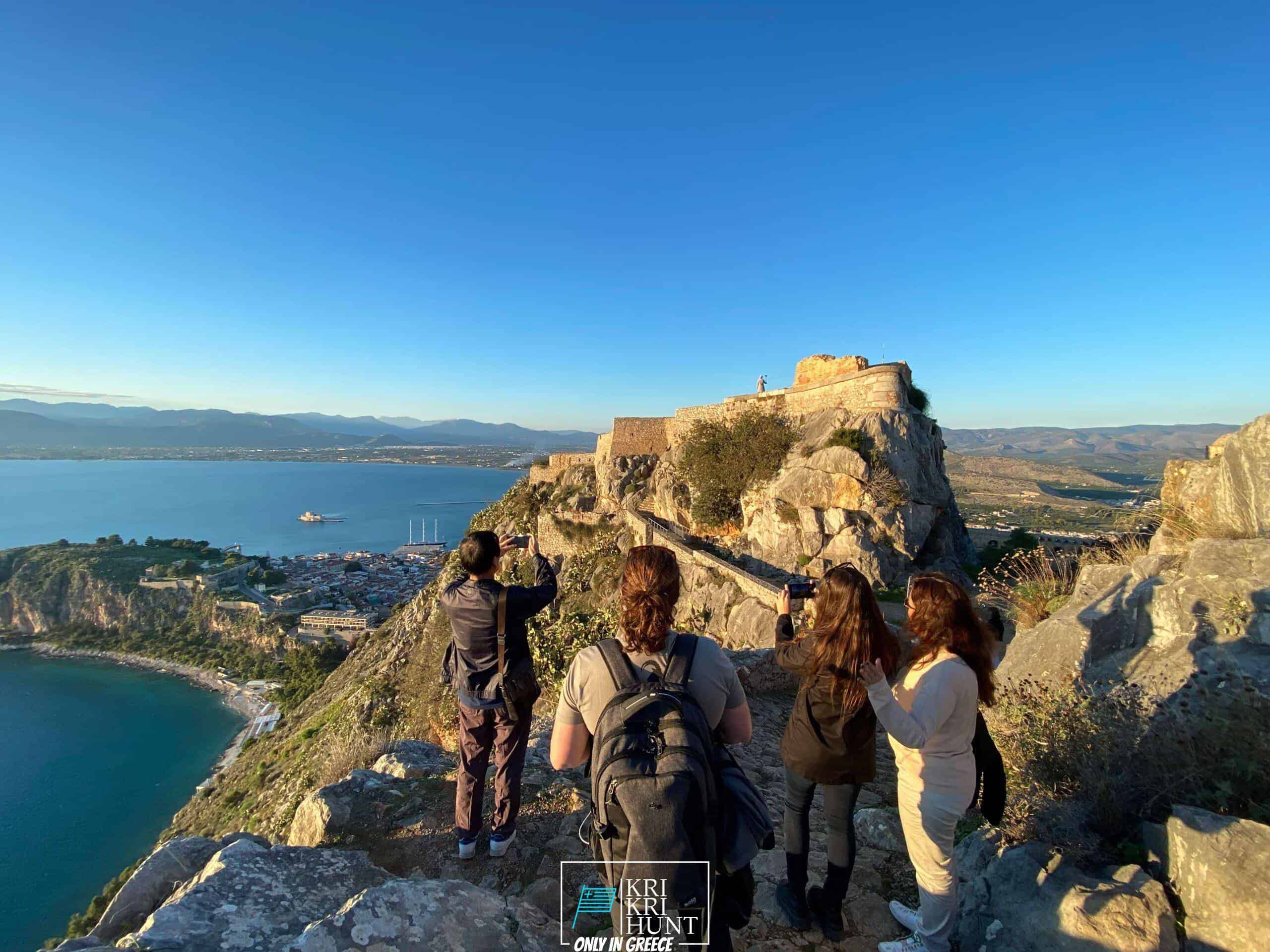Kri-kri ibex searching in Sapientza island
Kri-kri ibex searching in Sapientza island
Blog Article

To many individuals, The Peloponnese peninsula on the Greek Mainland is the 'real' Greece, where things have actually not changed much in any way over the centuries although that many individuals have uncovered it. This is an area where you could easily spend a month, but if you are short promptly after that our exterior hunting, Fishing, complimentary diving and visiting Peloponnese Tours from Methoni is a wonderful service. Join us as we discover all that this beautiful and also historical region needs to use!

This Ibex is NOT a small type of the Bezoar Ibex, which has moved into the western-most reach of the range of this species. The kri-kri (Capra aegagrus cretica), likewise called the Cretan goat, Agrimi, or Cretan Ibex, is a native goat species inhabiting the eastern Mediterranean, which was when believed to be a subspecies of wild goat. This kri-kri is a feral goat with a light brown coat with a dark collar. They have 2 sweeping horns on their heads. During the day, they rest as well as avoid site visitors, staying clear of travelers. The kri-kri can jump a long way or scale relatively vertical high cliffs.
Our exterior hunting, angling, and complimentary diving tours are the best method to see everything that Peloponnese has to offer. These excursions are developed for vacationers who want to get off the beaten path as well as actually experience all that this unbelievable region has to provide. You'll get to go hunting in several of the most stunning wilderness areas in Greece, fish in crystal-clear waters for a variety of different types, as well as complimentary dive in several of one of the most spectacular coastline in the Mediterranean. And best of all, our skilled overviews will certainly exist with you every step of the way to see to it that you have a secure as well as enjoyable experience.
Look no better than the Sapientza island in Greece if you are looking for Kri Kri ibex search and also memorable vacation location. With its spectacular all-natural beauty, delicious food, as well as abundant culture, you will not be let down. Schedule one of our hunting and also visiting Peloponnese Tours from Methoni today, dot forget your trophy Kri Kri ibex!
What is the diference between Kri Kri ibex, Bezoar ibex and hybrid ibex
The kri-kri is not thought to be indigenous to Crete, most likely having been imported to the island during the time of the Minoan civilization. Nevertheless, it is found nowhere else and is therefore endemic to Crete. It was common throughout the Aegean but the peaks of the 8,000 ft (2,400 m) White Mountains of Western Crete are their last strongholds–particularly a series of almost vertical 3,000 ft (900 m) cliffs called ‘the Untrodden’—at the head of the Samaria Gorge. This mountain range, which hosts another 14 endemic animal species, is protected as a UNESCO Biosphere Reserve. In total, their range extends to the White Mountains, the Samaria National Forest and the islets of Dia, Thodorou, and Agii Pandes.
This Ibex is NOT a diminutive form of the Bezoar Ibex, which has migrated into the western-most reach of the range of this species. The kri – kri (Capra aegagrus cretica), sometimes called the Cretan goat, Agrimi, or Cretan Ibex, is a feral goat inhabiting the Eastern Mediterranean, previously considered a subspecies of wild goat. The kri-kri has a light brownish coat with a darker band around its neck. It has two horns that sweep back from the head. In the wild they are shy and avoid tourists, resting during the day. The animal can leap some distance or climb seemingly sheer cliffs.
“The agrimi goat Capra aegagrus cretica is unique to Crete and its offshore islands. It has been identi®ed as a sub-species of the wild bezoar goat Capra aegagrus aegagrus Erxleben, 1777, which it closely resembles in horn shape, body form and coloration. This classi®cation has been disputed by some researchers who claim that the agrimi are feral goats, derived from early domestic stock brought to the island by the ®rst Neolithic settlers. In order to clarify this issue, DNA analyses (cytochrome b and D loop sequences) were carried out on tissue of live and skeletonized agrimi and compared to sequences of wild and domestic caprines. Results conclusively show the agrimi to be a feral animal, that clades with domestic goats (Capra hircus) rather than with wild Asiatic bezoar. This study demonstrates that morphometric criteria do not necessarily re¯ect genetic af®nities, and that the taxonomic classi®cation of agrimi should be revised.”
Report this page